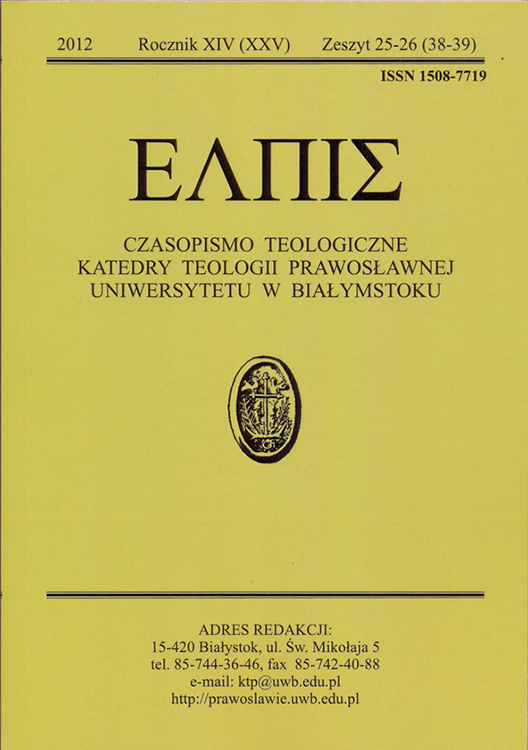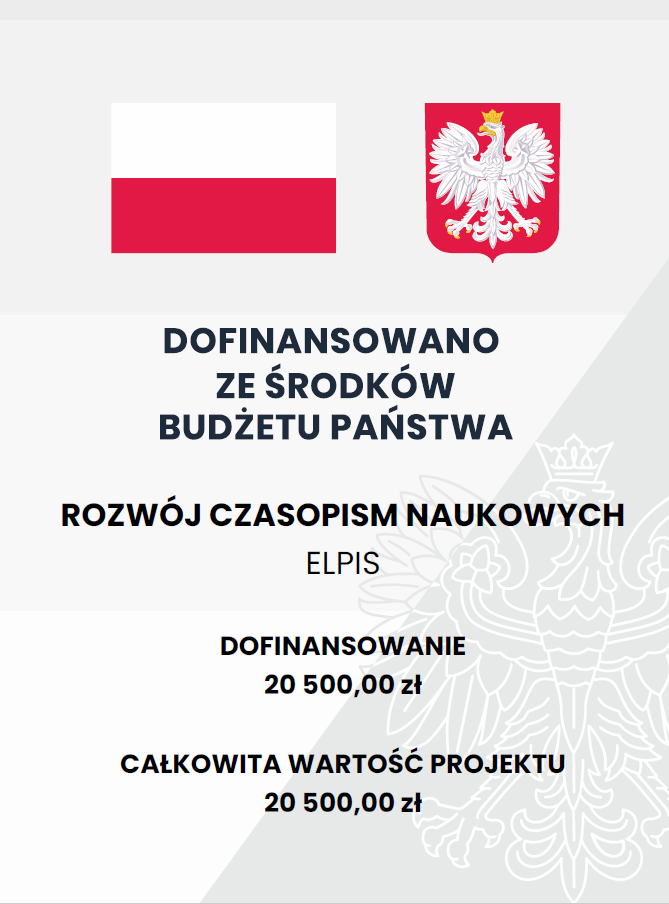Zarys prawosławnej nauki o Duchu Świętym.
DOI:
https://doi.org/10.15290/elpis.2012.14.02Słowa kluczowe:
Trójca Święta, Duch Święty, teologia, pneumatologia, epikleza, modlitwa, Ojcowie Kościoła, hezychazm, liturgiaAbstrakt
The role of the Holy Spirit is much more in the centre of spirituality of the Eastern Church than is the case in the Western Church. Nevertheless, to say that Orthodox thought has finally and fully developed systematic theology of the Holy Spirit, would be excessive. The science of the Holy Spirit is based primarily on the experience of the community (liturgy) and on individual experience (personal prayer). It is these two aspects that the article is devoted to. At the same time it attempts to present Orthodox Church’s teaching of the Holy Spirit not only on the basis of dogmatic formulation, but principally through the experience of the mystics, which found resonance in the practice and theory of hesychasm. Especially helpful in this approach is the Orthodox liturgy, rich in inexhaustible theological perspective. Hesychia is also linked to the contemplation of icons. The combination of these different threads leads to deep spiritual experiences. However, it was the Church where a clear revelation of the Holy Spirit succeeded, which is particularly emphasized by St. Gregory of Nazianzus, the Theologian: “The Old Testament proclaimed the Father clearly, but the Son more obscurely. The New Testament revealed the Son and gave us a glimpse of the divinity of the Spirit. Now the Spirit dwells among us and grants us a clearer vision of himself ”.Downloads
Pobrania
Opublikowane
Jak cytować
Numer
Dział
Licencja
Prawa autorskie (c) 2014 Elpis

Utwór dostępny jest na licencji Creative Commons Uznanie autorstwa – Użycie niekomercyjne – Na tych samych warunkach 4.0 Międzynarodowe.
Szczegółowe warunki licencji CC BY-SA (Uznanie autorstwa - Na tych samych warunkach) dostępne jest na stronie Creative Commons - link.
Autor musi wypełnić i przesłać na adres redakcji (elpis@uwb.edu.pl) uzupełnioną i podpisaną umowę autorską wraz z oświadczeniem o oryginalności artykułu i wkładzie autora w powstanie artykułu. Plik umowy do pobrania: TUTAJ









